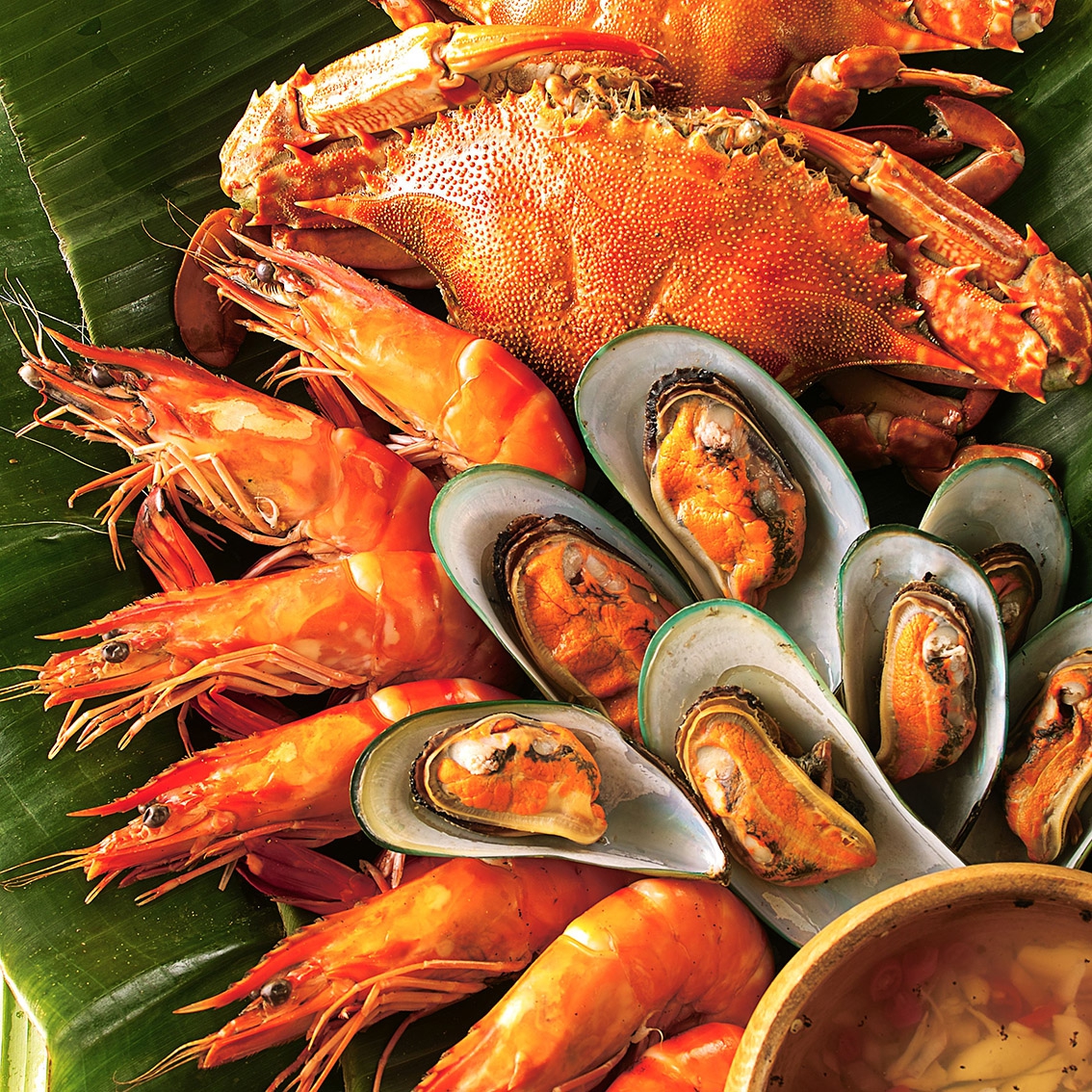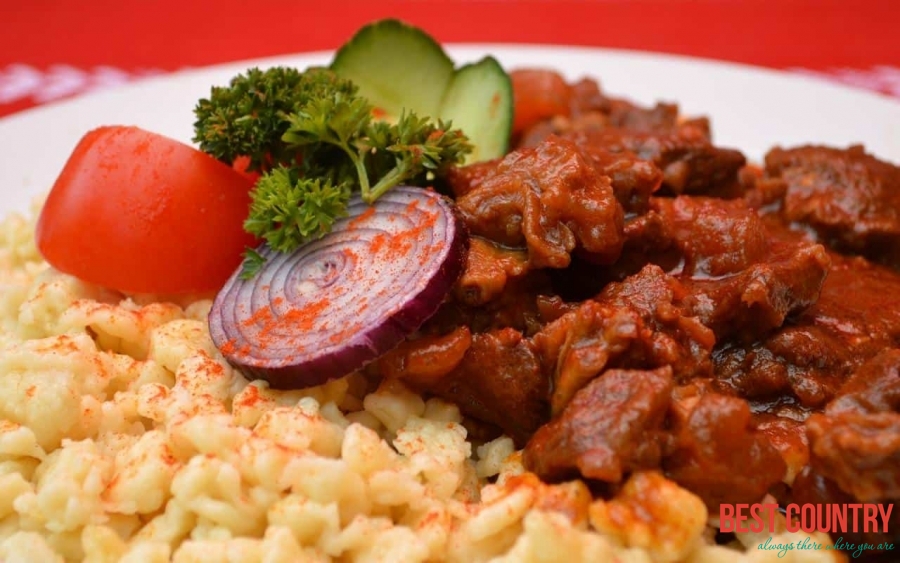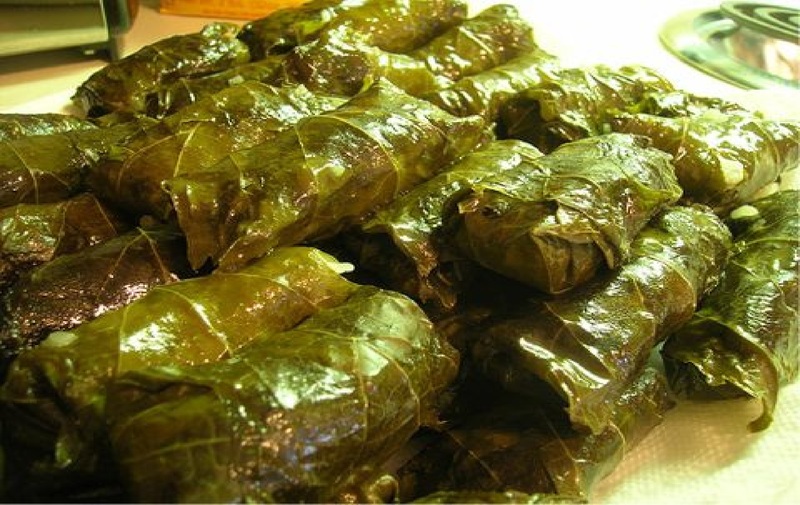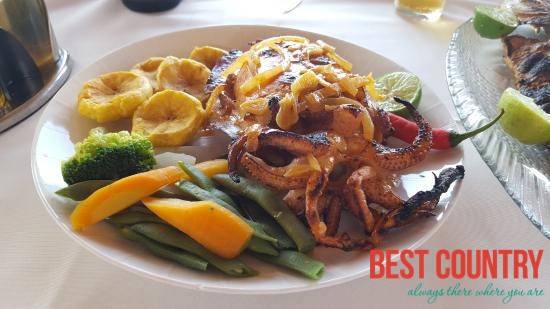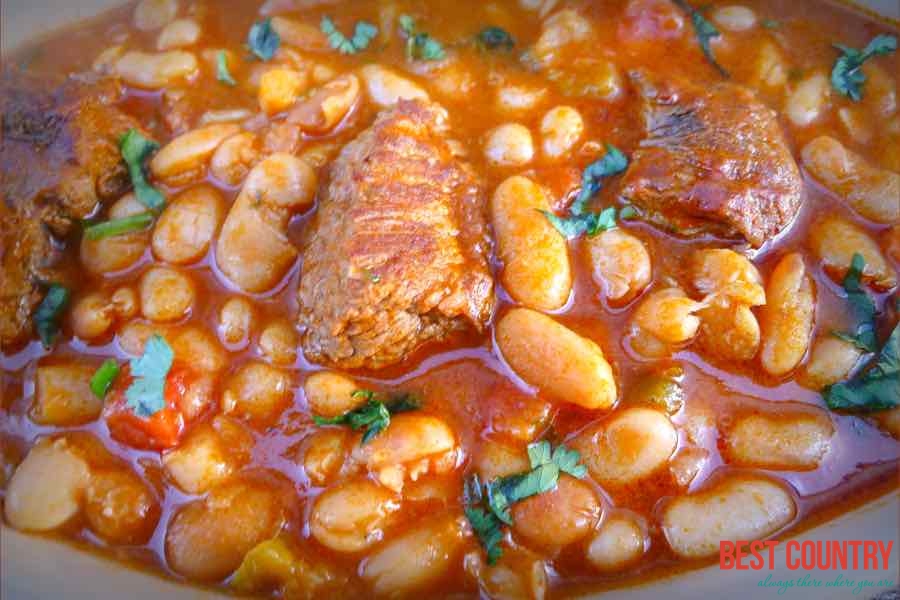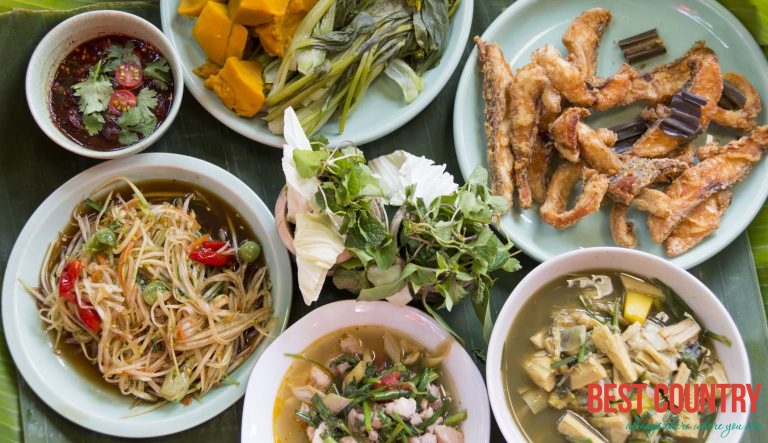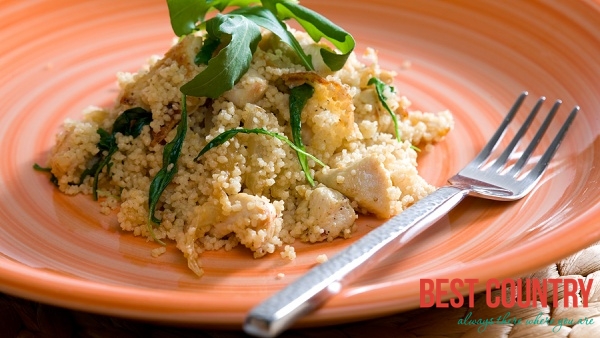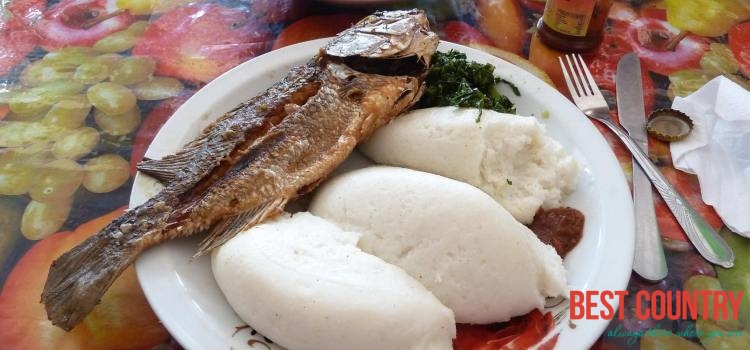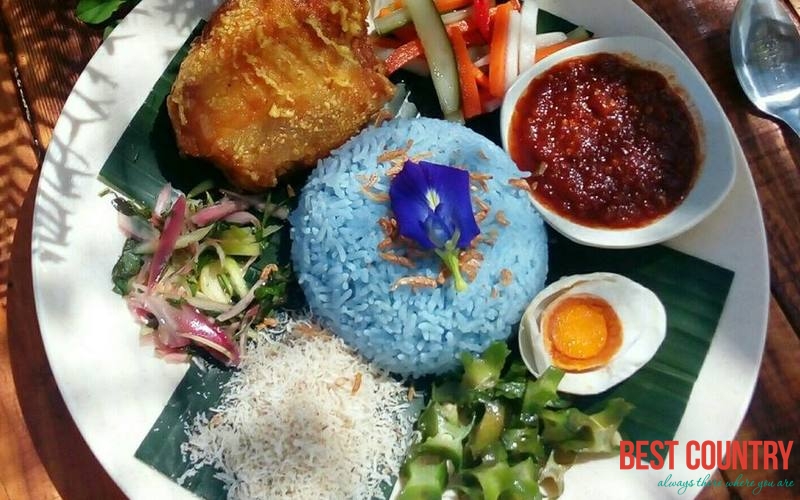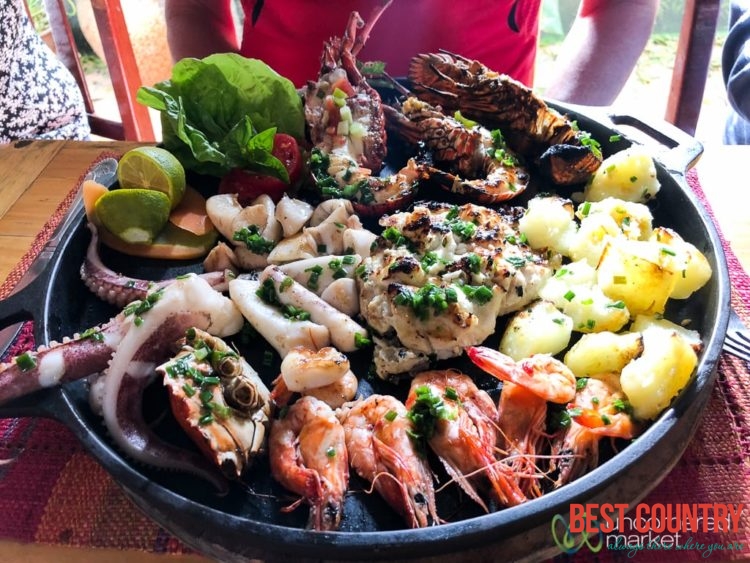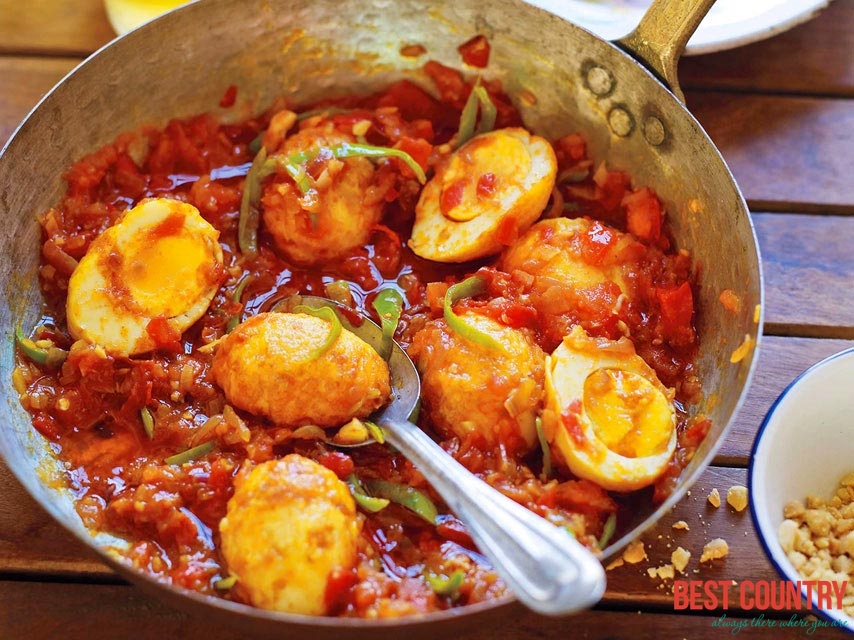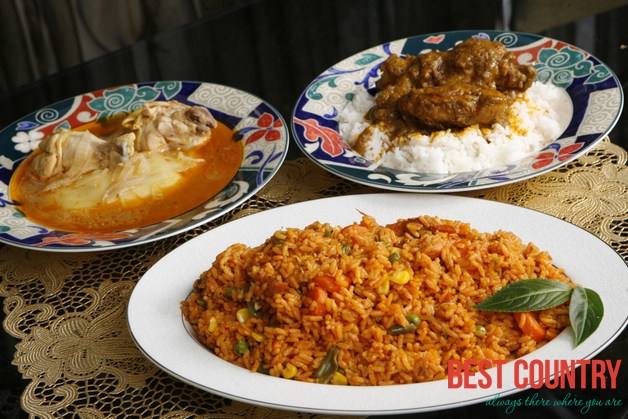International cuisine in different countries
Belgian Food
One of the joys of a Belgium vacation is trying the Belgian food. Restaurants in Belgium are known for offering some succulent meals, and though the food in Belgium is heavily influenced by French tendencies, the country manages to inject its own flavors.
Nauru Food
Cultivation is difficult on Nauru owing to the poor soil, irregular rainfall and the impact of mining. There are no local fruit or vegetables and most of the available food is canned, refined and imported.
Food in Hungary - Culinary Delights beyond Paprika and Goulash
Experiencing Hungary’s food is the best way for learning about Hungarian culture and traditions. Although goulash and paprika are the most well known Hungarian food, we will prove that Hungarian cuisine is much more than these two widely-known components.
Food in Albania
Albanian cuisine is excellent, with both Ottoman and Italian influences evident. There are many good restaurants throughout the country, although obviously in smaller towns the choice is more limited than in the cities. Vegetarians will find themselves eating a lot of salad; luckily for them, Albanian tomatoes and cucumber are delicious.
Cuisine of Sao Tome and Principe
The cuisine is based on tropical root crops, plantains, and bananas, with fish as the most common source of protein. The vegetables consist of gathered indigenous greens that are cooked in red palm oil.
Food in Niger
Although Niger has concentrated on improving its agriculture, shortages of locally produced foodstuffs are common, owing to drought.
National cuisine of Mozambique
The cuisine of Mozambique has been deeply influenced by Portugal. In the early 1500s, the Portuguese colonized Mozambique, introducing new crops, flavorings, and cooking methods. These Portuguese elements combined with the local cuisine, resulting in today's intensely flavorful Mozambican dishes.
Malian Cuisine
Malian cuisine has always been ruled by women. At least all meals in Mali are prepared by women. As a general rule, food is eaten with the right hand because eating with the left hand is thought to be highly improper among Muslim nation.
Malawian Cuisine
Malawi is a heavily agricultural society. For this reason, most of the produce is locally grown, and imported food are considered a luxury.
Malaysia's top 40 foods
In an age when the term "underrated" gets tossed about with impunity, it may be difficult to take us seriously when we say Malaysian food isn’t getting the global recognition it deserves.
Cuisine of Madagascar
Cuisine of Madagascar traditionally consists of a base of rice (vary) with some form of accompaniment (laoka), although in the southwest rice may be supplemented or replaced by maize that has been dried, ground and reconstituted. Cuisines of France, China, India, and to a lesser extent East African and Arabian cultures have all made their influence felt in Madagascar.
Mauritanian Cuisine
The cuisine of Mauritania includes the culinary practices of the West African nation of Mauritania. Historically, what is now Mauritania, has been influenced by Arab and African peoples who have lived in and traversed the "stark" landscape marked with Sahara desert dunes in caravans.
Mauritian Cuisine
Mauritian cuisine encapsulates culinary delights of various countries as it is a cosmopolitan place. The Mauritian foods range from Indian, Chinese, Mughlai to French. Tomato is an important ingredient which is used to cook Creole cuisine.
Liberian food
Liberian food ranges from fiery stews to honey covered peanut cookies. Meals are usually served with a mountain of rice topped with a spicy sauce made from red palm oil, leaves, meat and fish. A dozen different types of breads are also made while bushmeat is prized, even if the meat in question is illegal.

